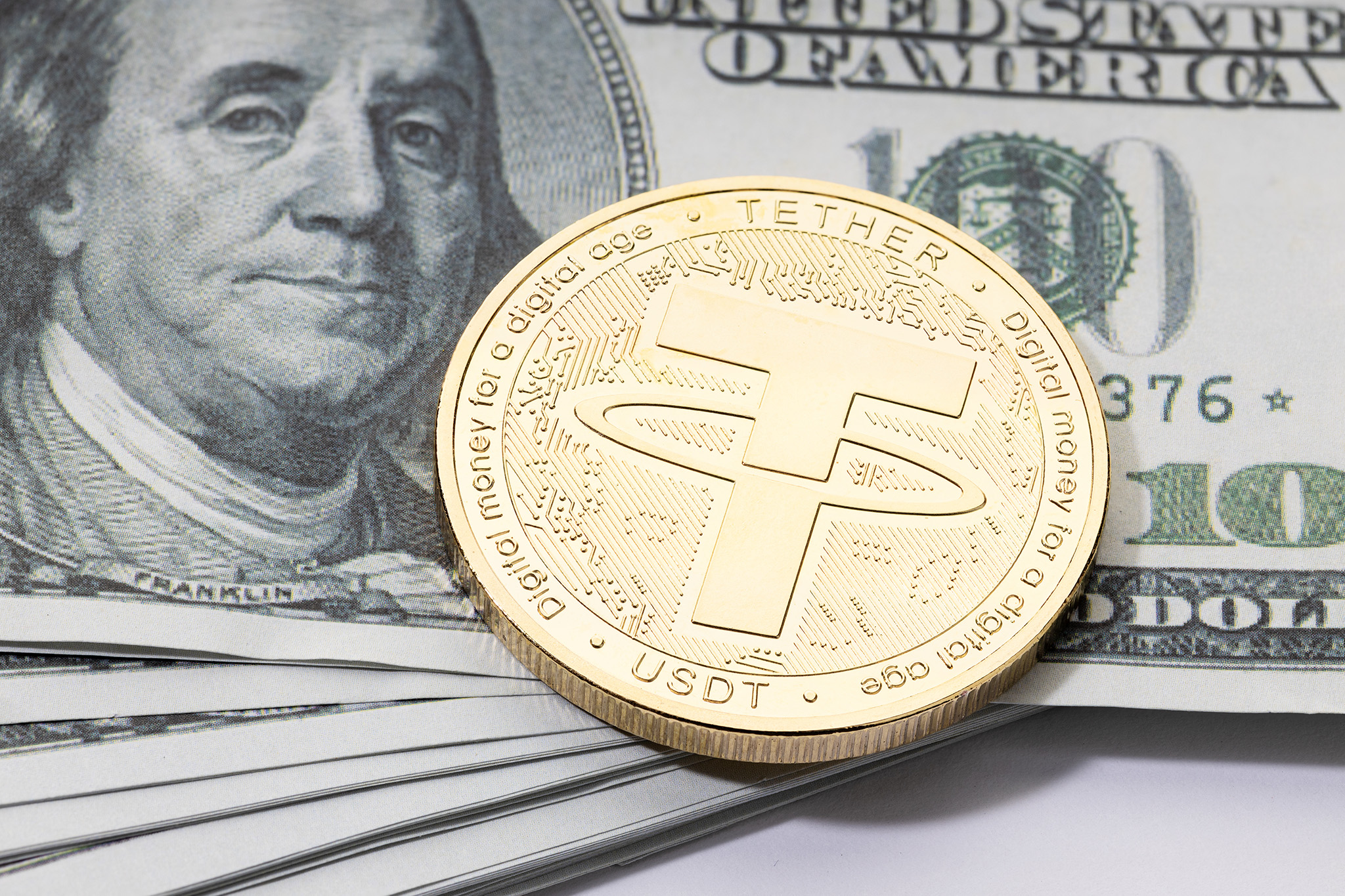Cryptocurrencies are known for their volatility, which makes them risky to use as a store of value or a means of exchange. However, stable coins and crypto tethering aim to address this issue by providing a stable value to users. In this blog post, we will explore some examples of crypto tethering and stable coins.
What is Crypto Tethering? Crypto tethering refers to the practice of tying a cryptocurrency’s value to that of a stable asset such as fiat currency, gold, or other commodities. The goal is to provide a stable value to users, thereby reducing the volatility associated with cryptocurrencies. Let’s take a look at some examples of crypto tethering.
Tether (USDT) Tether is a stable coin that is pegged to the value of the US dollar. It is one of the most popular stable coins in the market today, with a market capitalization of over $60 billion. Tether’s value is maintained through a reserve of US dollars held in a bank account. For every USDT token issued, there is an equivalent amount of US dollars held in reserve.
TrueUSD (TUSD) TrueUSD is another stable coin that is pegged to the US dollar. It is backed by a network of trust companies that hold the equivalent amount of US dollars in reserve. TrueUSD’s smart contract ensures that the value of the stable coin always remains equal to that of the US dollar.
Dai (DAI) Dai is a decentralized stable coin that is pegged to the US dollar. Unlike Tether and TrueUSD, Dai is not backed by a centralized entity or fiat currency reserves. Instead, it is backed by a collateralized debt position (CDP) system that uses Ethereum as collateral. The CDP system ensures that the value of Dai is always equal to that of the US dollar.
What are Stable Coins? Stable coins are cryptocurrencies that are designed to have a stable value. They are typically pegged to the value of a stable asset such as a fiat currency or a commodity. Stable coins provide a stable value to users, making them a useful tool for trading and investing. Let’s take a look at some examples of stable coins.
USD Coin (USDC) USD Coin is a stable coin that is pegged to the US dollar. It is issued by Circle, a financial technology company that is regulated by the US government. For every USDC token issued, there is an equivalent amount of US dollars held in reserve.
Paxos Standard (PAX) Paxos Standard is another stable coin that is pegged to the US dollar. It is issued by Paxos, a financial technology company that is regulated by the US government. Paxos Standard’s value is maintained through a reserve of US dollars held in a bank account. For every PAX token issued, there is an equivalent amount of US dollars held in reserve.
Binance USD (BUSD) Binance USD is a stable coin that is pegged to the US dollar. It is issued by Binance, one of the largest cryptocurrency exchanges in the world. Binance USD’s value is maintained through a reserve of US dollars held in a bank account. For every BUSD token issued, there is an equivalent amount of US dollars held in reserve.
Conclusion: Crypto tethering and stable coins are two tools that provide stability to the volatile world of cryptocurrencies. They allow users to trade and invest with a stable value, reducing the risks associated with volatility. As the cryptocurrency market continues to evolve, we can expect to see more innovations in the world of stable coins and crypto tethering.

Leave a Reply